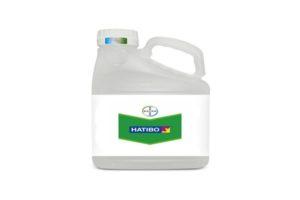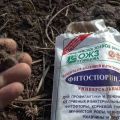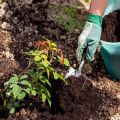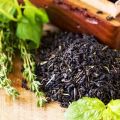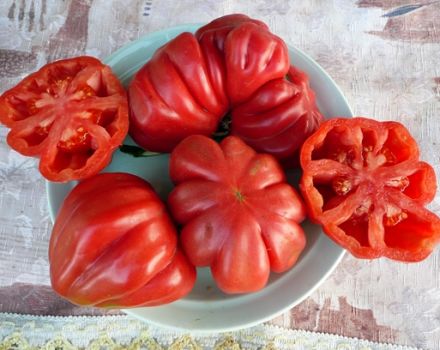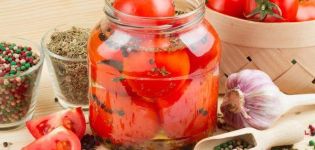Instructions for the use of the Horus fungicide and a complete description of the drug
"Horus" is an effective new fungicide, instructions for use describe its composition, properties, for which plants to use. To preserve the harvest and get rid of sudden fungal diseases, pests of fruit crops, gardeners resort to using special chemicals. Horus has many advantages, but also disadvantages. It is not considered a universal remedy, it helps to cope with the ailments of fruit trees at the initial stage, it is actively used for roses, strawberries, strawberries, cranberries.
Content
- 1 Composition and formulation
- 2 Indications for use
- 3 Mechanism of action
- 4 Advantages over analogues
- 5 Regulations for treatment with the fungicide "Horus"
- 6 Preparation of working solution and further use
- 7 Compliance with safety standards
- 8 Toxic properties
- 9 Compatibility
- 10 Storage of funds
- 11 Similar drugs
Composition and formulation
The product is a white-gray water-dispersible granules that dissolve quickly in water. Its active component is cyprodinil (referred to the class of anilidopyrimidines), 75 g per 1 kg of powder. Sold in bags of 1, 2, 3, 4, 15 g, there is a large package of 1 kg. Price from 21 to 15 00 rubles.
The original differs from the counterfeit by a special marking that is visible when the angle of view is changed. Its granules dissolve easily, and the fake forms a precipitate.
Indications for use
Fungicide easily copes with many lesions of trees and shrubs, they include:
- curly foliage due to fungus;
- alternaria;
- brown spot;
- scab of apples and pears;
- powdery mildew of berries, peach;
- grape rot (white, olive, black, watery, gray);
- coccomycosis of apple trees;
- mildew;
- monilial burn of stone and pome fruits.
The drug is effective for the prevention of shrubs and trees from pests at the very beginning of the growing season. The tool destroys hibernating forms of actinomycetes, deuteromycetes, basidycetes.
Microorganisms that hibernated in leaves, ground, bark die. If the insects become active and begin to eat the foliage, the poison of the Horus will kill them. The product can be combined with other pesticides. For example, they mix it with Aktellik from the weevil.
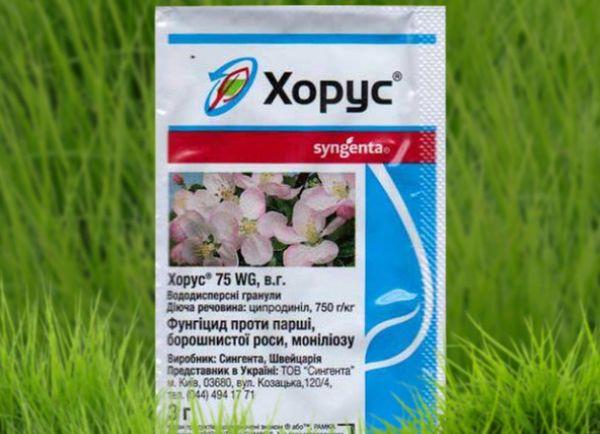
Mechanism of action
The systemic preparation "Horus" spreads through plant tissues, helping to develop immunity to the fungus.
The active ingredient, penetrating into the cells of fungi, blocks the synthesis of amino acids, the growth of the fungal micelle stops. After processing, the drug is concentrated in the plant epidermis. It infects fungi on young shoots, thin leaves. For mature trees and shrubs, its effect does not apply.
The advantages of the substance are that it is not washed off by rain, is active for 2-3 weeks, and does not cause addiction to pests. The most effective "Horus", if spraying is done at a temperature of + 1 ... + 3 ° C. After two hours, it begins to act, but weakens in sunny weather and temperatures above +22 ° C.
Advantages over analogues
Similar substances work better at high air temperatures, therefore "Horus" has advantages among summer residents, it is used in early spring. The substance is not washed off by rain 2 hours after application.
Shows maximum healing properties within 2 days.
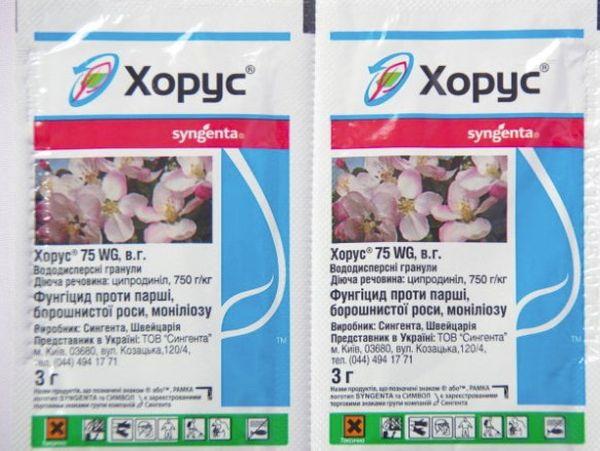
It is compatible with many fungicides, their action reinforces each other. The substance consumption is low. Acts as a protective and therapeutic agent. Does not harm the soil.
Regulations for treatment with the fungicide "Horus"
During the season it is recommended to treat the plants with "Horus" 2-3 times. The first time - before flowering, then - after, but 3 weeks before harvest.
Work should be done in dry, clear, calm weather. At the same time, spray the outside and back of the leaf plates.
For grapes
Vine bushes are sprayed at the beginning of flowering and bud formation, during the formation of bunches and during the coloring of berries. In 10 liters, 6-7 g of the drug are diluted, a more concentrated solution (6 g per 5 liters) is allowed. For a hundred of plantings, 2 liters of solution are enough.
For stone fruit crops
In the presence of clasterosporiosis, coccomycosis on cultures, 3.5 g are diluted per bucket of water. Young trees are sprayed before flowering, the next treatment is done after flowering. The interval is 10 days.
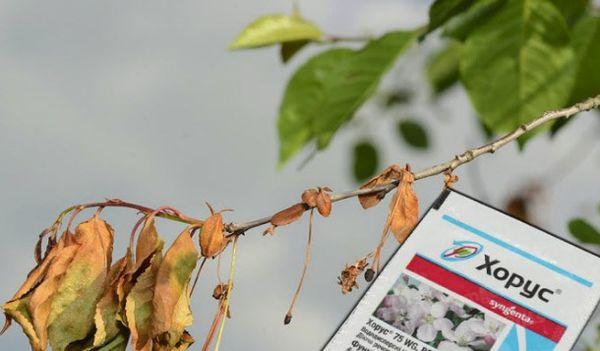
For monilial burns, they are treated every two weeks throughout the season. For a hundred square meters, 2.5 g of funds are enough for 10 liters of water. For fruit rot, 3.3 g is needed.
For pome fruit crops
In order to prevent scab, powdery mildew, alternariosis, or when diseases appear, apples and pears are sprayed until the buds open. Subsequent spraying - 7-14 days after the end of flowering.
To protect the crop from premature spoilage and decay, it is advised to process the crops 2 weeks before harvesting the fruit.
For other plants
The dose for strawberries, strawberries - 6 g per bucket of water after picking berries, during the formation of ovaries it is reduced: 3 g per bucket of water. After harvesting and in autumn, they are sprayed to prevent diseases.
Roses are processed in early spring, once for prevention is enough, for treatment - after another 10 days. The dosage is 1 g per 5 liters of water. Time is before buds appear and bloom.
It is allowed to use the preparation for conifers in spring, to prevent browning.
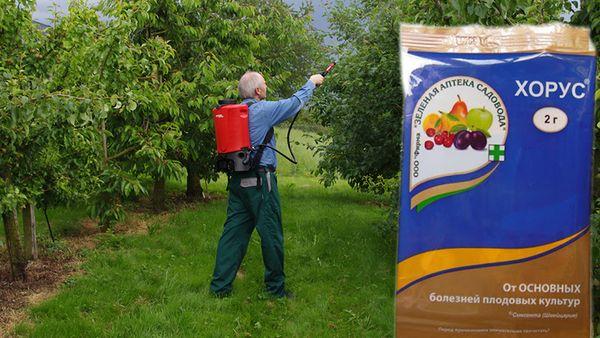
Preparation of working solution and further use
For 10 liters of water, 3-3.5 g of granules are enough. Stir them thoroughly, then spray. This amount is enough for one hundred square meters of strawberries, roses, lawn grass. For trees, shrubs, you need 10 liters of solution for 2-3 trees.
A third of the water is poured into a special sprayer, then the granules are dissolved, stirred, the rest of the liquid is added, and mixed again. Water the plants no earlier than after 5-6 hours.
The plants are sprayed with a freshly prepared solution; the remains do not need to be stored. Active substances decompose after 2 hours. The sprayer is thoroughly rinsed under cold running water.
Compliance with safety standards
When working with the drug, you must comply with safety standards. Wear protective suit, respirator, goggles, do not drink, do not eat, do not smoke while spraying. Avoid contact with eyes, mucous membranes. Keep children and animals away from the processing area.

After the sprayer, rinse thoroughly, wash hands with soap and water.In case of poisoning, contact with mucous membranes, rinse with water, take activated carbon. An allergic reaction may occur.
Toxic properties
"Horus" belongs to the 3rd class of toxicity, it is low-toxic to humans, slightly toxic to birds, bees and other insects, and is harmless to plants. But it is dangerous for the inhabitants of reservoirs, its chemical compounds do not dissolve in water, for organisms living in the ground, the substance is not dangerous.
Compatibility
In order to avoid the addiction of pathogenic microorganisms to the active substance, it is advised to alternate "Horus" and "Skor". When combined with other fungicides, it is recommended to first combine them, stir and leave for 2-3 hours. If there is a minimum sediment, unchanged color, odor can be sprayed. If a sediment appears, chemical reactions - the drugs are incompatible. Usually it is combined with "Aktara", "Skor", "Topaz".

Storage of funds
Fungicide can be stored for 3 years in a package in a cool dry place at a temperature of -10 ... +35 ° C. The opened drug cannot be kept for a long time, its active substances are destroyed.
Similar drugs
There are other remedies for the treatment and prevention of fungal diseases.
Ridomil Gold has two active substances. Mancozeb is 64% and metalaxyl is 8%. Possesses systemic contact action. Effective against mildew, peronosporosis, late blight. Used for fruit and berry plants and flowers. Toxic, dangerous for insects, accumulates in the soil.
"Rubigan" is a derivative of pyrimidines, the active substance is phenarimol. The drug destroys fungal sporulation, promotes plant health. Approved for use on apple trees, pears, shrubs, environmentally friendly. It is quickly absorbed by the sheet plates, spreading from the tips to the entire surface.

"Topaz" is a systemic drug from the group of triazoles, its active component - penconazole, inhibits the functioning of fungal spores. It is used for fruit rot, powdery mildew, rust, spotting at any growing season. You can process crops together with "Horus".
"Strobi" - refers to the type of strobilurins that inhibit cellular respiration of the pathogen. The main substance is kresoxim-methyl. Suitable for trees, flowers.
"Fundazol" - works thanks to benomicol. After contact with the plant, the reproduction of the fungus stops. Active against spider mites, leaf beetle larvae, small worms. You can spray flowers, fruit trees, vegetables, berry bushes.
